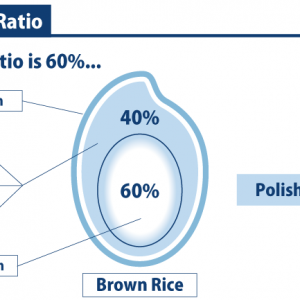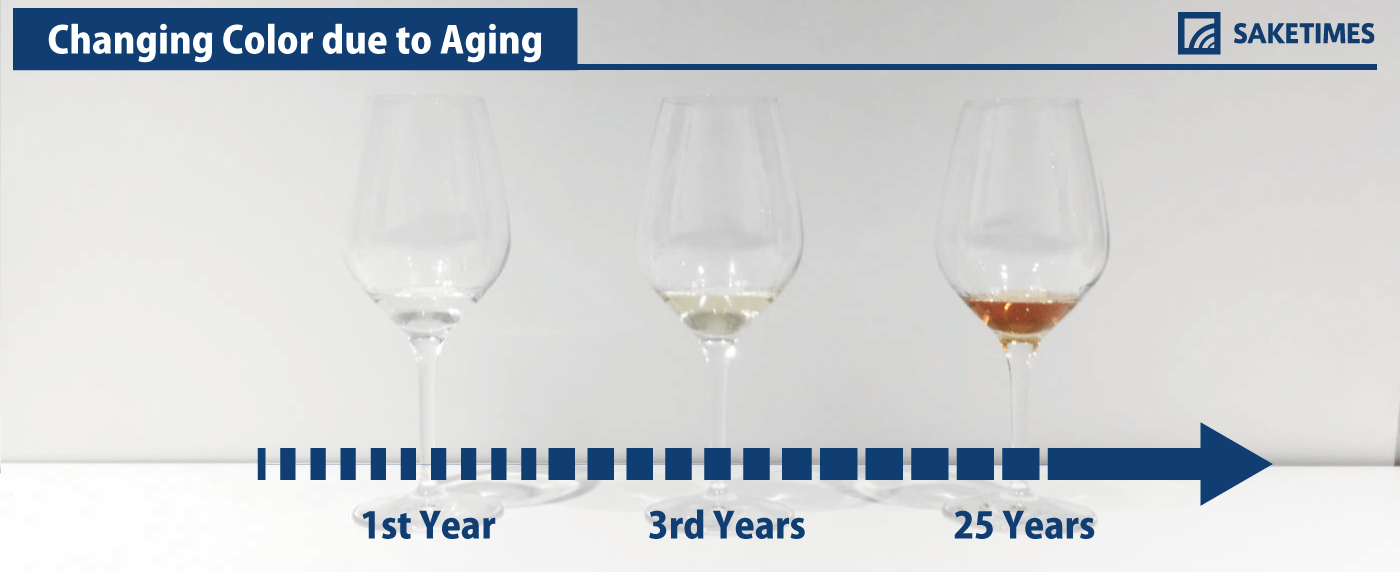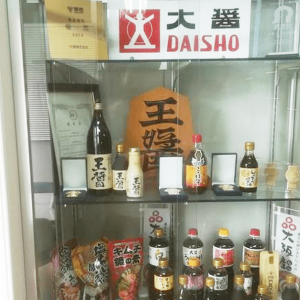
Koshu (noun)
[KOH-shoo]
Japanese: 古酒 (古:old, aged; 酒: sake, alcohol)
1. Better with Age?
Koshu is a catch-all term referring to sake that’s been aged for a significant period of time before shipping. There’s no strict universal definition for what constitutes koshu—the term 熟成古酒 (jukusei-koshu, or “matured aged sake”) can be used to refer to sake aged at the brewery for three years or more, though koshu can also be applied to sake aged anywhere from a year to a decade or more. It may be refrigerated throughout this period, or allowed to mature at room temperature. It may be aged in a metal tank, a wooden barrel, or after bottling. Some breweries may even employ a combination of the methods above, or blend together koshu brewed in different years to achieve a desired flavor profile. As such, the term koshu encompasses many types of sake, each with their own distinctive characteristics.
2. Sake of a Different Color
Though koshu can come in various forms, there are certain qualities that distinguish it from “fresh” or un-aged sake. While fresh sake can be clear like water, koshu typically takes on deeper hues of gold and amber. Compared to the light, floral hues of fresh sake, koshu will often feature hints of caramel, nuts, or even savory soy sauce. The taste, too, is sometimes likened to Western beverages like sherry or brandy. While non-matured sake is often paired with or served alongside meals, koshu is typically sipped in small quantities, and can be enjoyed as a dessert beverage together with after-dinner snacks like chocolate, dried fruit, or cheese.
3. Koshu: A Rich History
The precise origins of koshu are not entirely clear, but there are records of matured sake in historical chronicles dating back to the Kamakura period (1185-1333). In the Edo period (1603-1868), kunenshu (“nine-year sake”), sake aged for a period of nine years, was especially prized for its rich flavor, commanding a value as much as two to three times that of regular sake, and beloved by aristocrats and commoners alike. Though this “nine-year sake” fell out of popularity due to changes in tax law that encouraged brewers to ship their product earlier, sake connoisseurs continue to prize koshu for its distinctive appearance and aroma, and rich, complex flavor.
https://en.sake-times.com/glossary/muroka-saketimes-glossary”>Learn More>>Muroka : SAKETIMES GLOSSARY
https://en.sake-times.com/glossary/genshu-saketimes-glossary”>Learn More>>Genshu : SAKETIMES GLOSSARY
HOME >





Comments